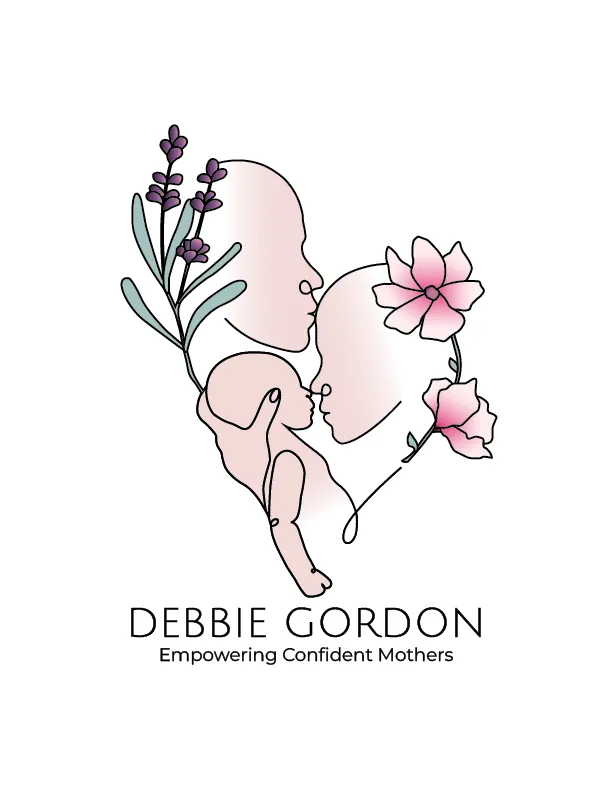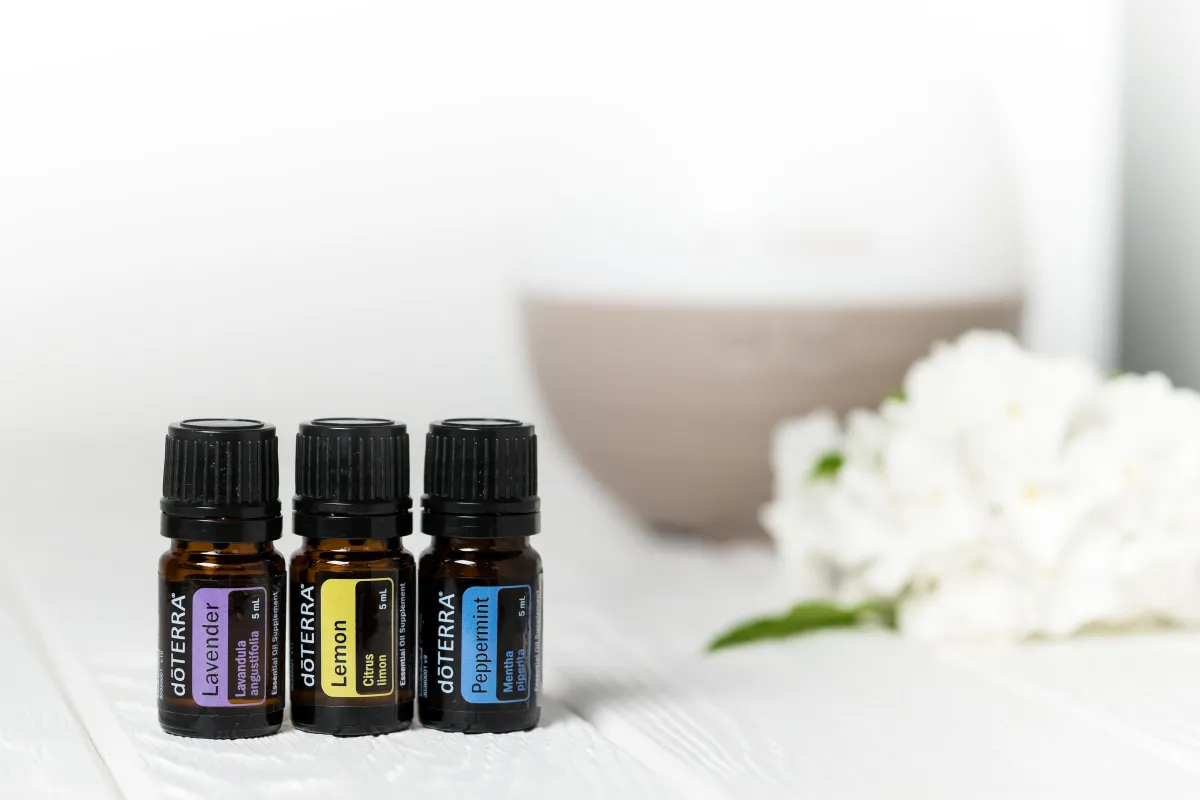
All About
Essential Oils
What Are Essential Oils?
Essential Oils Are Nature's Most Pure And Potent Plant-Based Cellular Nutrition...
And provide the ultimate support to re-establish balance as the body heals and repairs itself according to the
design of our Creator. My desire to share, educate, and provide ongoing support to individuals and families as
they learn to embrace nature's most potent defense for health and wellness truly drives my PASSION!

Enjoyed the scent of a rose, squeezed an orange peel, or rubbed your fingers over
the needles of a fir tree or an herb in your garden?
If so, you have experienced the aromatic qualities of essential oils. These naturally occurring, aromatic compounds are found in all parts of the plant—the leaves, seeds, bark, stems, roots, flowers, citrus peelings and other parts of plant. They are extracted through steam distillation or cold pressing.
Essential Oils Are Highly Concentrated
Did You Know?
It can literally take tons of plant material to produce a small amount of essential oil.
Essential oils are 50 to 70 times more potent than herbs. Thus, we use small amounts (drops). More is NOT better with essential oils. We use small amounts frequently as needed to support the body’s own natural healing abilities. Think of essential oils as cellular nutrition.
When we nourish the body, the body is amazing at healing itself. One drop of essential oil has more than 40 million trillion molecules! That can service the entire body over a minute or two.
Essential Oils Are Not Created Equal
I figured this out first hand in my experience of using essential oils over the past 26 years. There is no governing body that regulates the purity and potency of essential oils. So it’s very important that you use a pure tested grade essential oil that has not been adulterated.
Oftentimes, the labeling of the product will give you information about the purity and potency. But ultimately, the best clue will be in opening the bottle, using it, and experiencing consistent therapeutic benefits. I want to know that I amusing the most pure and potent product for myself, my family and others who are around me. And that's why I use and advocate for dōTERRA!
Knowing that the oils I use are sourced from around the globe from their natural habitat, that care is taken in distilling the part of the plant with the most therapeutic chemical constituents, and that even the time of the growing season and the time of the day are taken into consideration with how that affects the therapeutic qualities is important to me.
I also want to know that the essential oils are third party tested and guaranteed to be free of insecticides, pesticides ,herbicides… free of any adulteration (nothing added synthetically or taken away, no chemical alteration), and that molecular constituents are consistent between distilled batches.
Want To Get Started With Essential Oils?
How to Use Essential Oils
You Don’t Need A Degree In Chemistry Or Extensive Training
To Know How To Use Essential Oils
With a basic understanding of safety precautions and application methods, it is easy to start using them. Essential oils are used for a wide range of emotional and physical wellness applications, and can be used a single oil at a time or in complex blends by one of the three methods: Aromatically, Topically, and Internally.
HOW TO USE ESSENTIAL OILS Aromatically
Certain essential oils, when diffused, can be very invigorating while others can be calming and soothing. Essential oils are quickly absorbed by the smell receptors which have a direct link to the limbic system or emotional center of the brain. Many of our memories are tied to specific aromas. Aromatherapy is a most effective means to uplift the mood, cleanse and purify the air of unwanted odors or contaminants, and support respiratory function.
One of the simplest methods to benefit from aromatic use of the oils is with the use of a diffuser. Diffusers that use cold air or water are ideal. You may also benefit from aromatherapy by placing a drop or two in the palm of your hand, rubbing your hands together and cupping your hands around mouth and nose.
WAYS TO USE ESSENTIAL OILS AROMATICALLY
Placing a drop or two of essential oils on a cotton ball or room deodorizer
Mixing oils in a spritzer bottle and misting the area or furniture to be deodorized
Using in household surface cleaners
Dripping a few drops of essential oil on powdered laundry detergent before adding to the washer or on a dryer sheets
Adding essential oils to Epsom salts before taking a bath

HOW TO USE ESSENTIAL OILS Topically
Essential oils are easily absorbed by the skin and can be safely applied topically in close proximity to the area needing support. Using a light massage will increase the blood flow to the area of application, improving distribution. Use of a pure massage carrier oil (fractionated coconut oil, grape seed oil) can also increase absorption especially if the skin is dry. To decrease likelihood of skin sensitivity with young or sensitive skin or with more potent oils when trying for the first time, it is advisable to use a carrier oil. Remember to use several small doses throughout the day rather than a larger amount at one time.
WAYS TO USE ESSENTIAL OILS TOPICALLY
Add a few drops of oil to Epsom salts and add to a warm bath.
Make a hot or cold compress by soaking a cloth in water, adding essential oils, and then applying to the desired area.
Add oil to a lotion or moisturizer and then apply to skin.
BENEFICIAL AREAS TO APPLY ESSENTIAL OILS
Neck and back
Forehead and temples
Chest and abdomen
Arms, legs, bottoms of feet
SENSITIVE AREAS TO BE AVOIDED
Eyes
Ears
Nose

HOW TO USE ESSENTIAL OILS Internally
Certain essential oils have a rich culinary history and can be used to support a variety of health conditions. When in their concentrated form, essential oils can be used as supplements for more targeted and potent health benefits. Internal use is a very safe and effective method of application when using pure therapeutic grade essential oils as long as proper dosing (according to labeling recommendations and other professional guidelines) is carefully observed.
When ingested, essential oils enter the bloodstream directly via the gastrointestinal tract where they are transported throughout the rest of the body. Essential oils are lipid soluble so they are readily transported to all organs of the body including the brain. Each chemical constituent possesses a unique set of biochemical properties that react with cells and organs in different ways with positive end results clearly demonstratedrepeatedly. Taking oils internally in a veggie capsule or adding a small amount to applesauce or yogurt is asuggested internal application.
Oils in the Kitchen
Essential oils can be added to recipes for cooking or baking to replace fresh or dried herbs and spices. However, remember that essential oils are much more potent than herbs so start with a very small amount.
Adding Lemon oil to lemon bars or frosting
Cassia oil to honey butter popcorn, or Peppermint oil in a pan of brownies, for instance, is a wonderful addition and2-4 drops is a recommendation.
For more potent oils, such as adding Cilantro oil to salsa or Oregano, Basil, or Thyme oils to spaghetti sauce, it maybe best to add a toothpick swirl instead of a full drop.
Adding essential oils to olive oil and then adding to the recipe raises the “smoke point” so that the therapeutic benefits are not cooked out.




